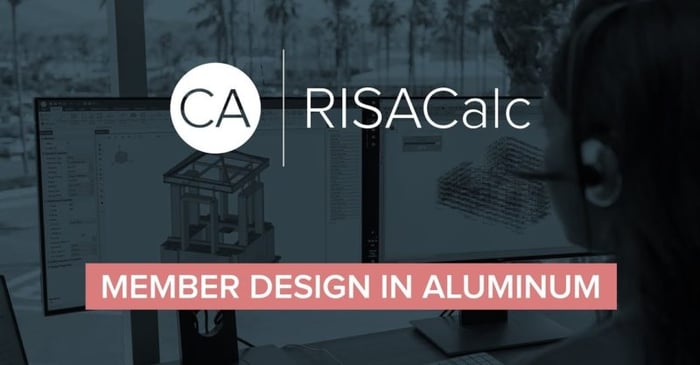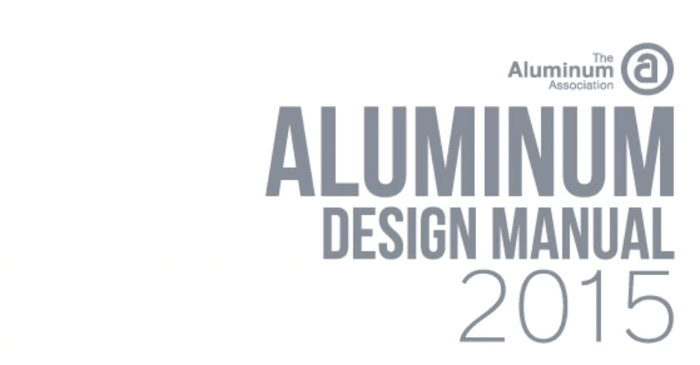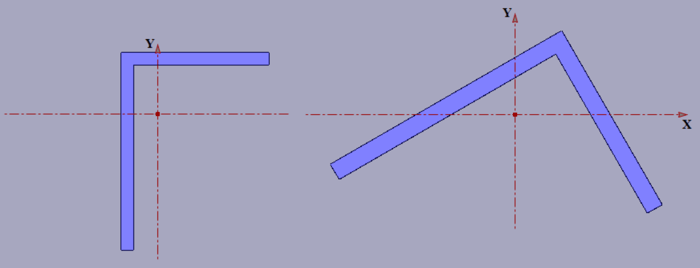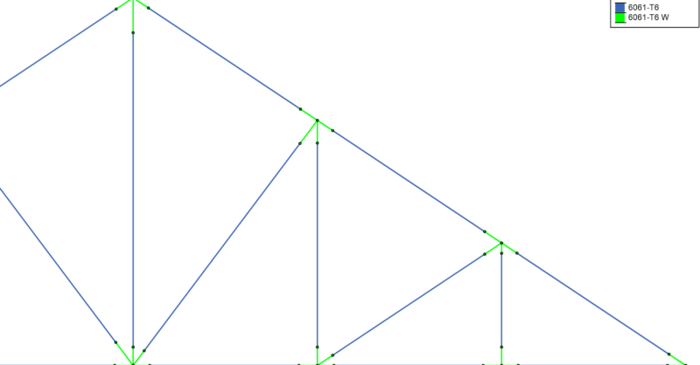
May 1, 2020
Video: Aluminum Member Design in RISACalc
Learn how to load and design individual beam and column aluminum members in RISACalc.
Why Standardization Pays Off More Than New Features Speed in structural design rarely comes from working faster — it comes from removing repeat decisions. Firms that standardize their analysis workflows spend less time rebuilding the same assumptions and more time engineering. Year-end is an ideal time to do this work. Without active deadlines, teams can step back and define how they want projects to start in the new year rather than reacting project by project. RISA Templates: Start Every Model 80% Complete RISA-3D templates are one of the simplest ways to reduce setup time across all projects. Firms often standardize: Typical material definitions and member shapes Default load combinations aligned with current codes Common diaphragm assumptions Frequently used analysis settings When templates are dialed in, engineers stop reinventing the same model structure and can focus immediately on project-specific behavior. For example if your firm uses custom load combinations repeatedily across several projects, then create a firm's custom load combinations template and add them to your default RISA-3D load combinations. See the example video below. Typical Details and Load Rules Reduce Rework Standardizing typical framing conditions and load rules is where operational efficiency really compounds. When gravity loads, lateral load paths,…
Read More

Learn how to load and design individual beam and column aluminum members in RISACalc.

The new Aluminum ADM 2015 code has been added in RISA-3D v15.0. To select this code for your design, simply open the (Global) Model Settings and under the Codes tab select AA ADM1-15:

The bending and axial code checks for single angles differ somewhat from other shape types, because single angles behave quite differently in bending and compression depending on how they are braced along their length.

In Aluminum design, the welded areas have a decreased material strength and RISA-3D can assign any material strength to the members based on the Material spreadsheet.
Our monthly "Structural Moment" newsletter is the best way to keep up with RISA’s product updates, new releases, new features, training events, webinars and more...